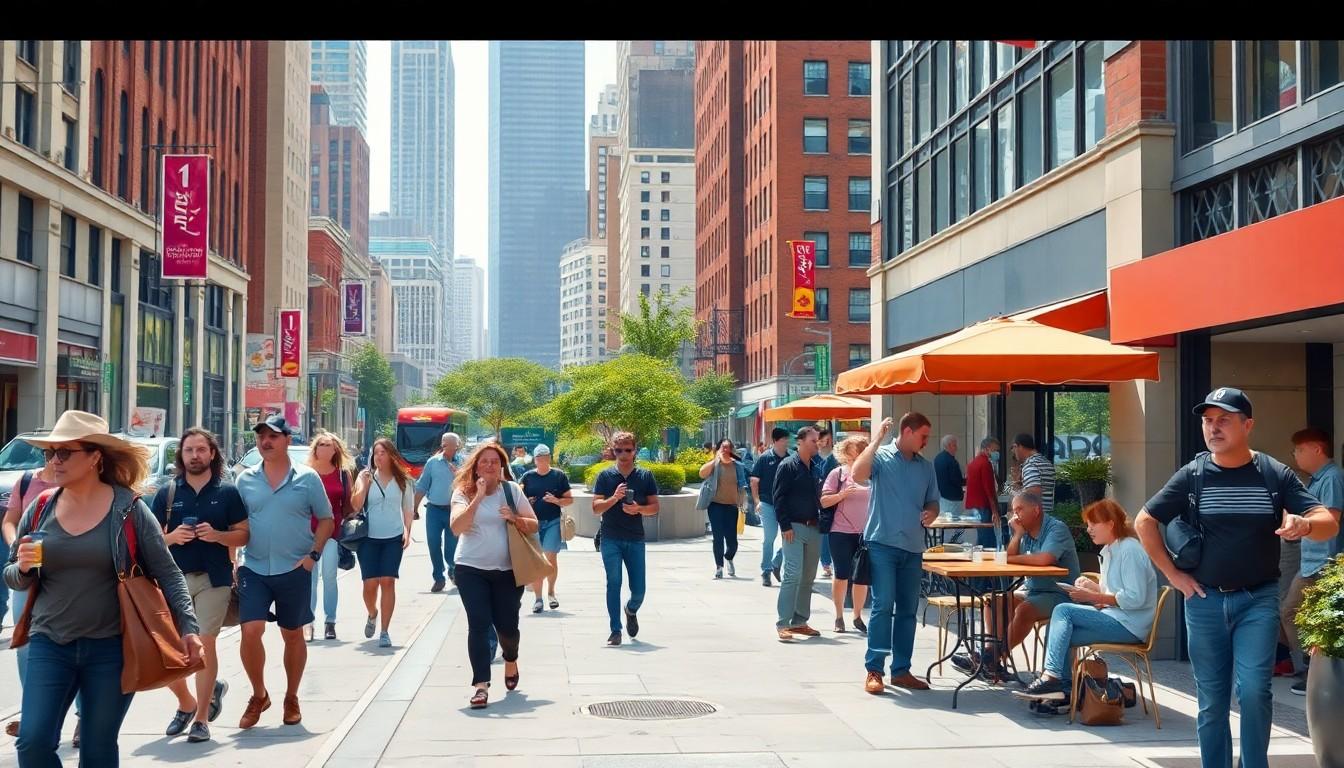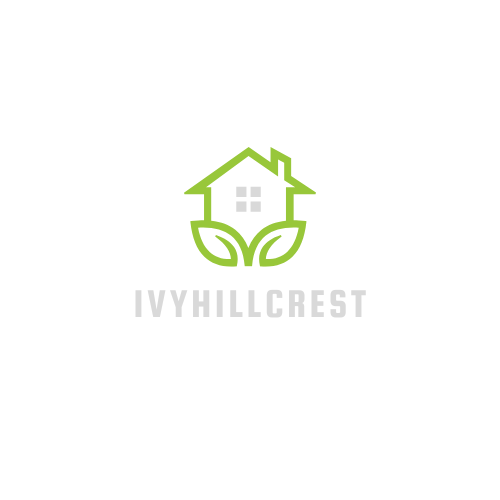In the hustle and bustle of city life, it’s easy to feel like a hamster on a wheel, racing through a never-ending maze of deadlines and distractions. But what if there’s a way to hit the brakes and savor the little moments? Enter slow living—a delightful antidote to urban chaos that encourages folks to embrace simplicity, mindfulness, and a dash of humor amid the concrete jungle.
Imagine sipping your coffee while actually tasting it instead of guzzling it on the way to your next meeting. Picture taking a leisurely stroll in the park instead of sprinting to catch that elusive bus. Slow living in the city isn’t just a trend; it’s a lifestyle that invites everyone to reclaim their time and joy, one mindful moment at a time. So grab your favorite mug, kick back, and discover how to turn the city’s frenetic energy into a canvas for relaxation and fulfillment.
Slow Living in the City
Slow living represents a lifestyle that counteracts the rush of urban existence. This approach encourages mindfulness and the appreciation of present moments.
Definition of Slow Living
Slow living focuses on simplicity, intentionality, and mindfulness. It seeks to prioritize quality over quantity in daily experiences. People who embrace slow living choose to engage fully with their surroundings, reducing distractions and enhancing their awareness. This lifestyle often involves making conscious choices related to food, relationships, and time management.
Benefits of Embracing Slow Living
Embracing slow living leads to numerous benefits. Firstly, individuals experience reduced stress levels as they shift their focus from constant hustle to meaningful activities. Enhanced wellbeing often results from slowed down routines, allowing time for relaxation and reflection. Additionally, cultivating deeper connections with people becomes easier, as less frantic schedules create space for quality interactions. Engaging in slow living fosters a greater appreciation for life’s simple pleasures, improving overall happiness and fulfillment.
Challenges of Urban Life

Urban life often presents numerous challenges that can undermine the desire for slow living. Embracing simplicity can feel daunting amid a city’s relentless pace and distractions.
Fast-Paced Lifestyle
Living in a city often means constant activity, leaving little time for relaxation. Commuting, work obligations, and social expectations add layers to daily life that can overwhelm individuals. Prioritizing slow living requires conscious effort to simplify routines. Adopting mindful practices like scheduling quiet time can enhance personal satisfaction. Finding joy in small moments, such as savoring a coffee break, proves essential for reclaiming peace. Each small step taken toward a slower lifestyle can lead to greater fulfillment.
Urban Stressors
Urban stressors contribute significantly to the challenges of slow living in the city. Noise pollution from traffic, construction, and nightlife creates an incessant backdrop that can disrupt tranquility. Crowds in public spaces add to feelings of anxiety and overwhelm. Limited green spaces further hinder opportunities for relaxation and respite. Managing these stressors involves establishing boundaries and seeking places of calm. Participating in community events or exploring quieter neighborhoods can provide necessary breaks from the chaos. Prioritizing environments that foster peace directly supports the slow living ethos.
Implementing Slow Living in the City
Embracing slow living in an urban environment requires practical changes. Individuals can cultivate mindfulness and serenity through intentional practices and adjustments to their surroundings.
Mindful Practices
Incorporating mindfulness into daily routines enhances awareness. Scheduling moments for meditation or deep breathing helps individuals reconnect with themselves. Prioritizing activities like journaling or spending time in nature nurtures tranquility. Engaging in hobbies, such as reading or painting, fosters creativity and relaxation. Attending local workshops or mindfulness classes builds connections while promoting personal growth. Practicing gratitude daily can shift perspectives, making it easier to savor small joys.
Creating a Relaxing Home Environment
Designing a calming home space promotes a sense of peace. Selecting soft colors and natural materials creates a soothing atmosphere. Minimizing clutter allows individuals to focus on what truly matters. Adding plants provides fresh air and elevates mood. Incorporating comfortable seating areas encourages relaxation and leisure. Establishing a dedicated quiet zone invites reflection away from urban distractions. Integrating soft lighting assists in creating a cozy ambiance, making the home a refuge from the fast-paced outside world.
Community and Connections
Community and connections enhance the slow living experience in the city. Engaging with others fosters a sense of belonging and support.
Building Relationships
People forge relationships through meaningful interactions. Neighborhood coffee shops encourage casual conversations among residents. Parks serve as venues for social gatherings where friendships can blossom. Formal events, like book clubs or local meetups, create spaces for individuals to share interests and enjoy dialogue. Engaging in volunteer opportunities strengthens community bonds while promoting a shared sense of purpose. Connections based on shared activities enhance the pursuit of slow living, creating support networks for individuals seeking balance in their busy city lives.
Participating in Local Events
Local events act as hubs for community engagement. Farmers’ markets attract residents seeking fresh produce and artisanal products. Outdoor movie nights offer fun and relaxation while stimulating local economies. Many art fairs showcase local talent, allowing individuals to appreciate creativity while connecting with their neighbors. Joining workshops and classes encourages skill-sharing which builds camaraderie. Participating in community-sponsored events creates opportunities for residents to slow down, appreciate their surroundings, and enjoy vibrant connections within the urban landscape.
Tranquility and Connection
Embracing slow living in the city offers a refreshing antidote to the relentless pace of urban life. By prioritizing mindfulness and simplicity, individuals can cultivate a deeper appreciation for their surroundings and enhance their overall well-being. Small changes like creating peaceful home environments and engaging with local communities can transform daily routines into meaningful experiences.
As they navigate the challenges of city living, it’s essential for individuals to carve out moments of tranquility and connection. This lifestyle not only fosters personal growth but also enriches relationships with others. Ultimately, slow living empowers city dwellers to reclaim their joy and find fulfillment amidst the hustle and bustle.

